Removing Pollutants Key to Indoor Air Quality
We spend up to 90 percent of our time indoors, the EPA says, mostly in our own homes. Indoor air quality can make a big difference in your health. The EPA says that poor indoor air quality can lead to irritation of the eyes, nose and throat; headaches, fatigue and dizziness. Long-term exposure has more serious consequences, like respiratory disease, heart disease and cancer.
Causes
Sources of indoor air pollution are fuel-burning appliances, tobacco products, building materials such as asbestos insulation or some types of flooring or carpet, cleaning products, fireplaces, excess moisture, and outdoor pollution sources such as pollution, pesticides or radon. Inadequate ventilation can exacerbate existing indoor air quality problems, the EPA says, especially in warm, humid climates like north Florida’s.
Improving Air Quality
You can always control indoor air quality at the source. The EPA recommends steps such as adjusting appliances to emit fewer pollutants or enclosing or abating asbestos insulation. This may be the most cost-effective solution because it’s not associated with the higher energy costs of increasing outdoor ventilation.
But letting the outdoors in is always an option. Your air conditioning system isn’t the answer here. Most systems don’t bring in fresh air, the EPA says, so you need to rely on opening windows and doors or window or attic fans to increase outside air flow into your home. You can also use a portable or window air conditioner with an outside vent. Remember, though, that bringing outdoor air in, especially if it’s warm or cold, will mean a higher energy bill when you use your heating and cooling system to bring your home back to a comfortable temperature.
Some homes may also feature ventilation systems designed to do this for you via systems such as an air-to-air heat exchanger or other energy recovery systems.
Air Quality and Your Heating and Air System
While your home comfort system may not be effective at ventilation, it is really good at filtering indoor air. Remember, the filters in your system only work when the system is running, so it’s important to ensure the system is running at peak efficiency. To ensure that even older systems are running well, be sure to schedule regular maintenance visits. A service contract, such as Barineau’s Total Comfort Service Program, will help keep systems of all ages in tip-top shape.
When you choose a filter, the EPA recommends one with a minimum efficiency reporting value, or MERV, of at least 13, or as high as your system can accommodate. And remember to change it at least every 60-90 days or however often your manufacturer recommends. A dirty filter means your system is working harder and running up higher energy bills.
To learn more about your heating and air system’s needs and about choosing the best filter to improve your indoor air quality, call the experts at Barineau Heating and Air at 850.580.4029.




